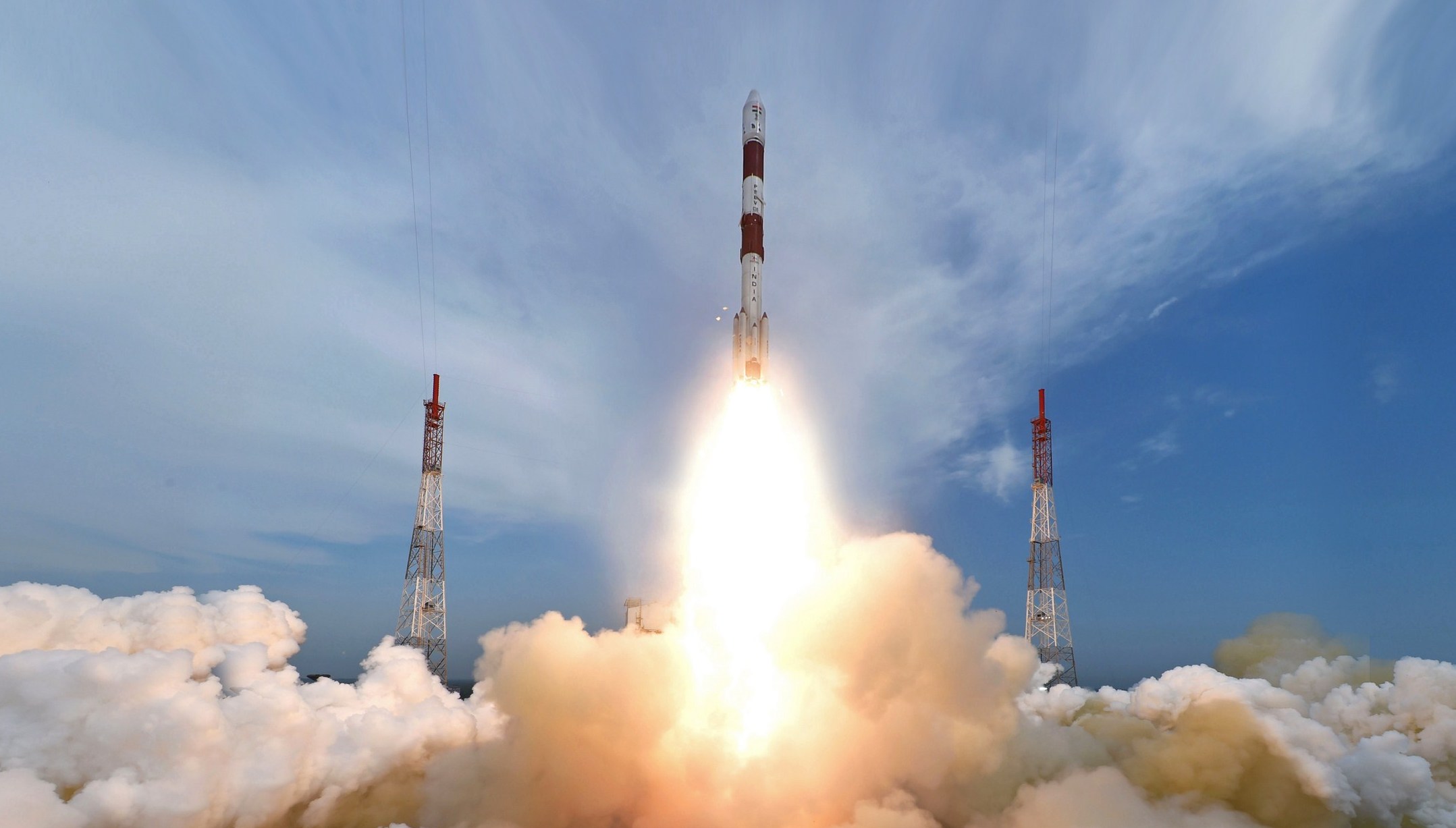Indian Space Research Organisation (ISRO) is working to power its rockets and satellites using non-hazardous and environment-friendly fuels. In addition, the Indian space agency is also aiming to use electric propulsion for its satellites, as has been confirmed by the ISRO Chairman recently.
"Since humans will be inside the rocket, we want only non-hazardous fuel and not the hazardous one to power the human space mission's Gaganyaan rocket," ISRO chief K Sivan told IANS.
For this, ISRO has decided to make use of hydrogen peroxide in its future rockets that will be a part of the missions like 'Gaganyaan'. The hydrogen peroxide can be used as a mono-propellant or as a bi-propellant along with ethanol.
In addition to hydrogen peroxide, ISRO is also looking at another green fuel - LOX/Methane. This would constitute liquid oxygen which will work as oxidiser while the methane will work as fuel.

As per the space agency, LOX/Methane propellant is better than the existing propellants in terms of efficiency, storability, toxicity, as well as the cost. "One month back, we tested the LOX/Methane engine and the results were good," Sivan said.
As an alternative to conventional hydrazine rocket fuel, ISRO has also developed ISROSENE, a rocket-grade version of kerosene. Sivan said that ISRO is looking to use such clean fuels for both its liquid engine fuels as well as the solid fuel-fired engines.
As for its satellites, the space agency plans to try out electrical propulsion instead of chemical fuel. Sivan said that since such a system is lighter, it would help bring down the total satellite weight. This would in turn require less power on a rocket to put the satellite into space.
Comments
Post a Comment
If you have any doubt let me know in the comment section where i can try to solve it .
Thank you